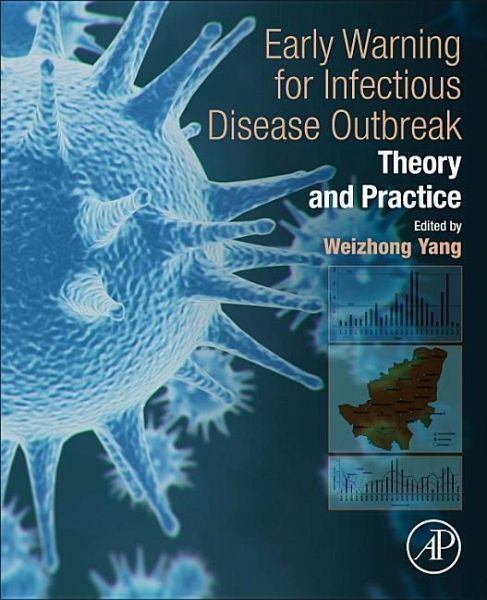
Early Warning for Infectious Disease Outbreak
Theory and Practice

PAYBACK Punkte
67 °P sammeln!
Early Warning for Infectious Disease Outbreak: Theory and Practice is divided into three parts, with the first section introducing basic theory and key technologies of early warning and the basic principles of infectious disease surveillance. The second section introduces the technical details in the process of establishment, operation and usage of CIDARS and Pudong Syndromic Surveillance and the Early Warning System of the Shanghai World Expo. The third part explores the study of early warning technology, collecting some useful exploration in the fields of infectious diseases involving sentin...
Early Warning for Infectious Disease Outbreak: Theory and Practice is divided into three parts, with the first section introducing basic theory and key technologies of early warning and the basic principles of infectious disease surveillance. The second section introduces the technical details in the process of establishment, operation and usage of CIDARS and Pudong Syndromic Surveillance and the Early Warning System of the Shanghai World Expo. The third part explores the study of early warning technology, collecting some useful exploration in the fields of infectious diseases involving sentinel setting, data analysis, influence factors study, calculation and evaluation of early warning models.













